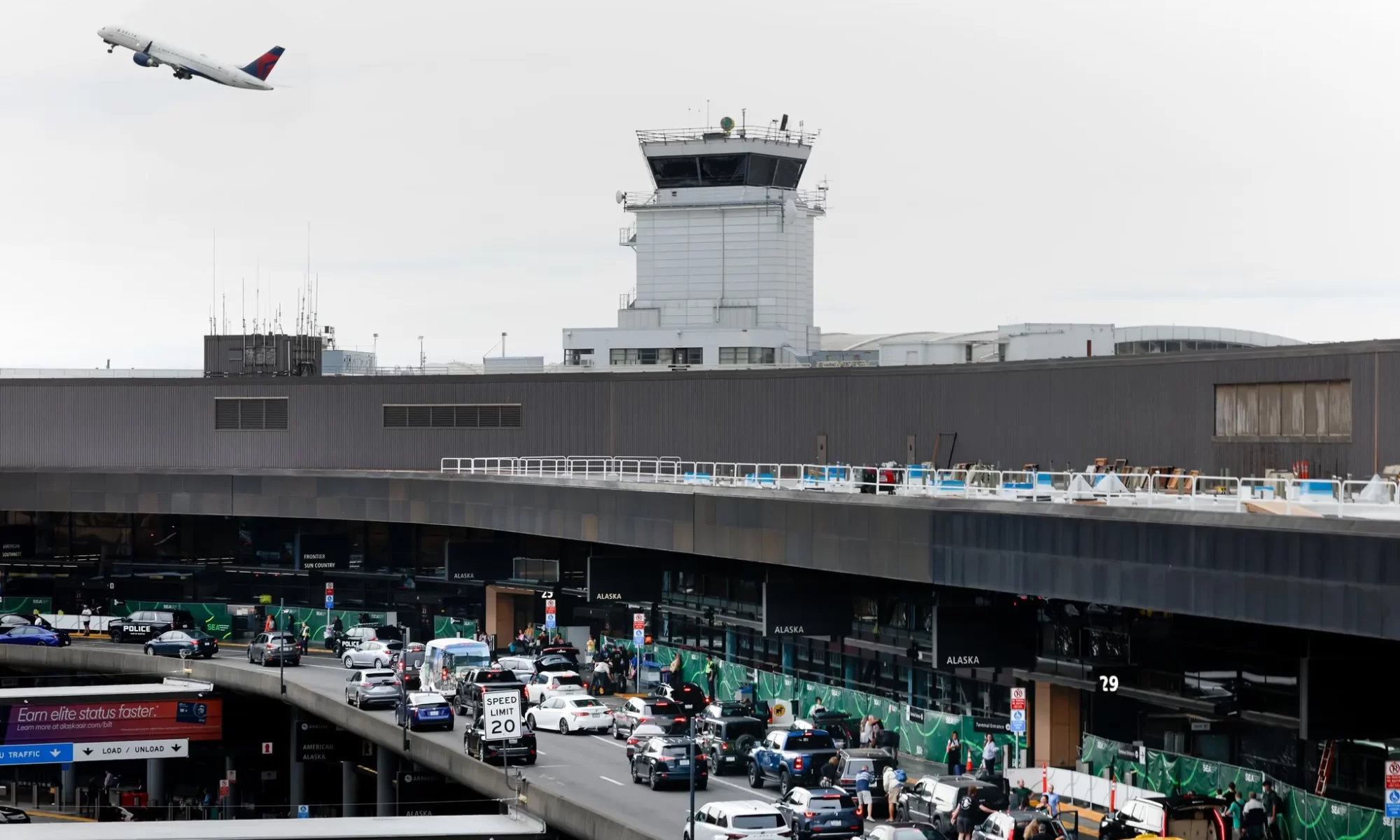The Port of Seattle has unveiled a new Sustainable Airport Master Plan for Seattle-Tacoma International Airport. The plan will enable a huge surge in passenger and cargo traffic over the next decade. Great for the Puget Sound economy. Terrible for thousands of people who live under the flight path, whose sacrifices for the sake of growth have been discounted or ignored for decades.
We’re not talking about unforeseen consequences. In 1997, during the battle over construction of the airport’s third runway, consultants accurately forecast an array of economic and environmental damage including a cycle of economic blight that would depress property values in airport-adjacent cities. This, in turn, would reduce municipal tax revenues, crippling cities’ ability to provide basic services.
The consultants predicted Burien, Des Moines, Federal Way, Normandy Park and Tukwila would lose nearly $40 million over a 20-year period and recommended the Port of Seattle compensate them for lost property tax receipts. This has not happened.
Aircraft noise remains a growing problem. There were more than 422,000 takeoffs and landings at SEA in 2023, compared to about 365,000 annually in the early 2000s before the third runway opened. During peak periods, planes pass overhead every 45 seconds. Under the flight path, this is relentless. The Port of Seattle now projects some 540,000 annual operations by 2034 — more than 300 additional flights a day over current levels.
Yet noise mitigation efforts have foundered. The Port has installed sound reduction packages, known as “Port packages,” in some 9,000 single-family homes. Most multifamily homes were never outfitted. Many packages have failed but, at present, the only remedy in sight is a pilot repair-and-replacement program that will cover just 30 homes. Attempts to secure funding on a larger scale have fallen short in Congress and the Washington Legislature.
Port of Seattle staff argue planes are quieter these days. True, but there are now tens of thousands more of them flying over our heads. Under SAMP estimates, that may well prove conservative. People in the flight path face a nearly 30% increase in aircraft traffic over the next 10 years.
It isn’t just the noise, already known to contribute to hypertension and heart disease as well as cognitive issues for schoolchildren. A 2020 report to the Legislature, prepared by Public Health — Seattle & King County, warned of other serious health effects from jet fuel and other aircraft emissions.
Authors of that report noted higher rates of cancer, cardiovascular disease and respiratory illness in neighborhoods near SEA. They recommended a robust monitoring and research program to better understand and address the role aircraft emissions play in what one resident called a cycle of “live sicker, die younger.” We’re still waiting for that, too.
This is a matter of social and economic justice. A majority of residents living closest to the flight path are Black, Hispanic and Pacific Islander. A disproportionate number of those people have incomes near or below the poverty line.
The Port of Seattle presents the SAMP as 31 individual projects rather than what it really is — a megaproject that will create more of the same harm that the third runway has. The plan ignores significant cumulative impacts such as construction of the highway spur linking SR-509 with Interstate 5, which will make 509 the primary truck route between the maritime ports of Seattle and Tacoma. This means the daily addition of thousands of vehicles, with all of their noise and emissions, beyond the airport growth described in the SAMP.
There is zero chance we’ll see another airport built in our region for decades. So the Port will get most, if not all, of what it wants. In terms of economic and political resources, the Port is using howitzers. Underfunded and underrepresented in so many ways, Burien and the other airport-adjacent cities are equipped with slingshots.
Without an extension, the public has until Dec. 5 to comment on a mountain of material that the Port has spent years compiling. (You can submit comments to samp@portseattle.org or here: st.news/samp) One thing that will not change is this truth: Residents living under the flight path deserve proper compensation for their sacrifices. The time for that relief is now.
